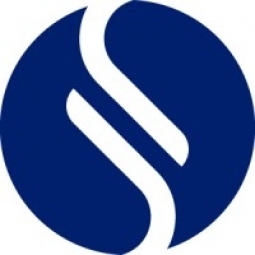公司规模
Large Corporate
地区
- America
国家
- Brazil
产品
- Sphera’s Stature® software
技术栈
- Risk Management Software
实施规模
- Enterprise-wide Deployment
影响指标
- Productivity Improvements
- Cost Savings
技术
- 应用基础设施与中间件 - 数据交换与集成
适用行业
- 金属
- 矿业
适用功能
- 离散制造
- 商业运营
服务
- 系统集成
关于客户
Vale is one of the world’s largest mining companies, striving to achieve best practices in risk management. Headquartered in Brazil, Vale is the market leader in the production of iron ore and ranks second in the production of nickel. The company also produces pellets, coal, copper, fertilizers, manganese, and ferroalloys. Vale has around 195,000 employees working in 30 countries on five continents. As a member of the International Council on Mining and Metals (ICMM), Vale is publicly committed to implementing risk management strategies based on valid data and sound science. The company is developing a comprehensive new strategy for Enterprise Risk Management.
挑战
Vale, a global mining company, was striving to achieve best practices in risk management. The company’s operational risk management team had historically focused primarily on loss recovery, looking at how the cost of assets could be protected through insurance. In 2006, however, Vale’s risk managers saw that they needed to take a broader view by identifying potential events or circumstances that might impede their company from achieving its business objectives, assessing those issues in terms of their likelihood and magnitude, determining preventive or remedial actions, and then monitoring the progress of those actions to completion. The Operational Risk team at Vale recognized that the success of their evolving strategy would depend upon their ability to collect, aggregate and analyze vast quantities of information from across the company so they established a framework for integrated risk management.
解决方案
Vale selected Sphera’s Stature® software as the enterprise-wide foundation for the risk framework. With this new centralized information system, Vale’s Operational Risk team can now identify, analyze, mitigate and monitor enterprise-level risks on a collaborative web-based platform, where lessons learned and best practices can be shared across the business. The system provides data standardization, sharing, version control, security, and the ability to consolidate information into a risk register. As a result, new operational efficiencies were uncovered. The risk framework and Stature play an essential role by consolidating the company’s risk information in one system and actively engaging stakeholders throughout the organization.
运营影响
数量效益

Case Study missing?
Start adding your own!
Register with your work email and create a new case study profile for your business.
相关案例.
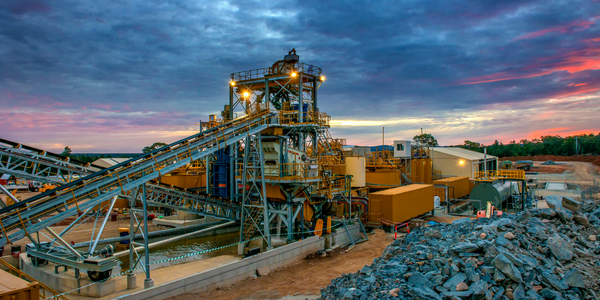
Case Study
Goldcorp: Internet of Things Enables the Mine of the Future
Goldcorp is committed to responsible mining practices and maintaining maximum safety for its workers. At the same time, the firm is constantly exploring ways to improve the efficiency of its operations, extend the life of its assets, and control costs. Goldcorp needed technology that can maximize production efficiency by tracking all mining operations, keep employees safe with remote operations and monitoring of hazardous work areas and control production costs through better asset and site management.
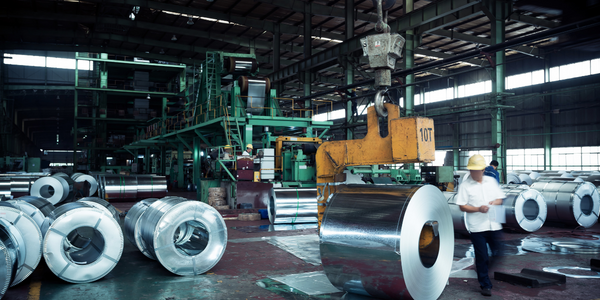
Case Study
KSP Steel Decentralized Control Room
While on-site in Pavlodar, Kazakhstan, the DAQRI team of Business Development and Solutions Architecture personnel worked closely with KSP Steel’s production leadership to understand the steel production process, operational challenges, and worker pain points.

Case Study
Bluescope Steel on Path to Digitally Transform Operations and IT
Increasing competition and fluctuations in the construction market prompted BlueScope Steel to look toward digital transformation of its four businesses, including modern core applications and IT infrastructure. BlueScope needed to modernize its infrastructure and adopt new technologies to improve operations and supply chain efficiency while maintaining and updating an aging application portfolio.
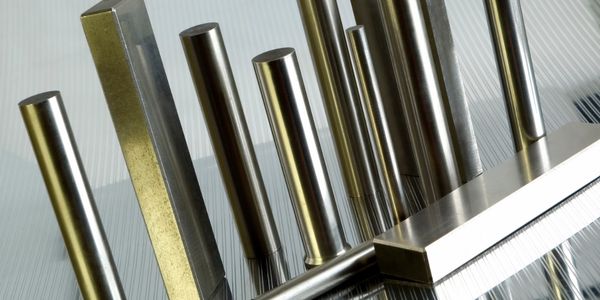
Case Study
RobotStudio Case Study: Benteler Automobiltechnik
Benteler has a small pipe business area for which they produce fuel lines and coolant lines made of aluminum for Porsche and other car manufacturers. One of the problems in production was that when Benteler added new products, production had too much downtime.
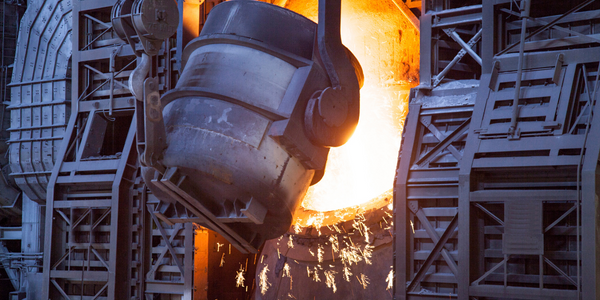
Case Study
Continuous Casting Machines in a Steel Factory
With a very broad range of applications, steel is an important material and has been developed into the most extensive alloy in the engineering world. Since delivering high quality is absolutely crucial for steel plants, ensuring maximum productivity and the best quality production are the keys to competitiveness in the steel industry. Additionally, working conditions in steel factories are not suitable for workers to stay in for long periods of time, so manufactures usually adopt various machines to complete the steel production processes. However, the precision of these machines is often overestimated and the lack of flexibility also makes supervisors unable to adjust operating procedures. A renowned steel factory in Asia planned to improve its Distributed Control System (DCS) of furnaces as well as addressing the problem of insufficient accuracy. However, most well-known international equipment suppliers can not provide a satisfactory solution and local maintenance because the project needed new technologies to more accurately control equipment operations. By implementing Advantech’s automated monitoring and control solution, steel factories can not only improve the manufacturing processes but can also allow users to add additional functions to the existing system so as to make sure the operation runs at high efficiency.
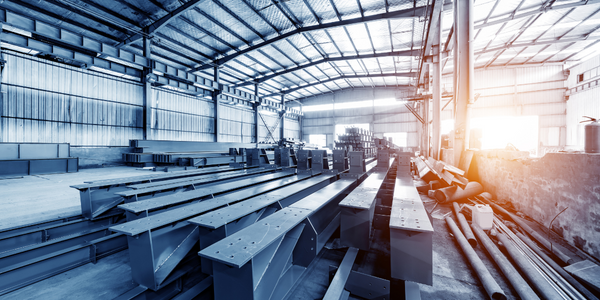
Case Study
Automated Predicitive Analytics For Steel/Metals Industry
Asset to be monitored: Wire Compactor that produces Steel RebarCustomer Faced The Following Challenges:Dependent upon machine uptime.Pressure cylinders within the compactor fail to control compression and speed causing problems in binding the coil.Equipment failure occurs in the final stage of production causing the entire line to stop, can you say bottleneck?Critical asset unequipped with sensors to produce data.




